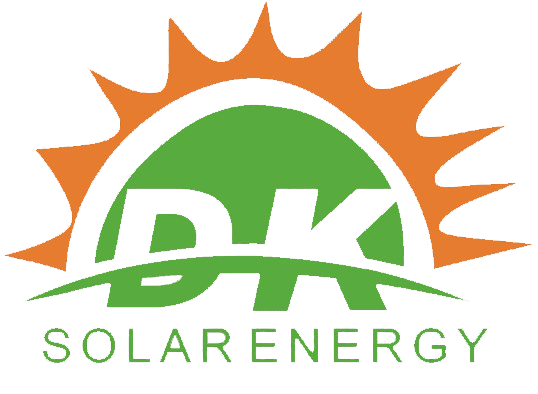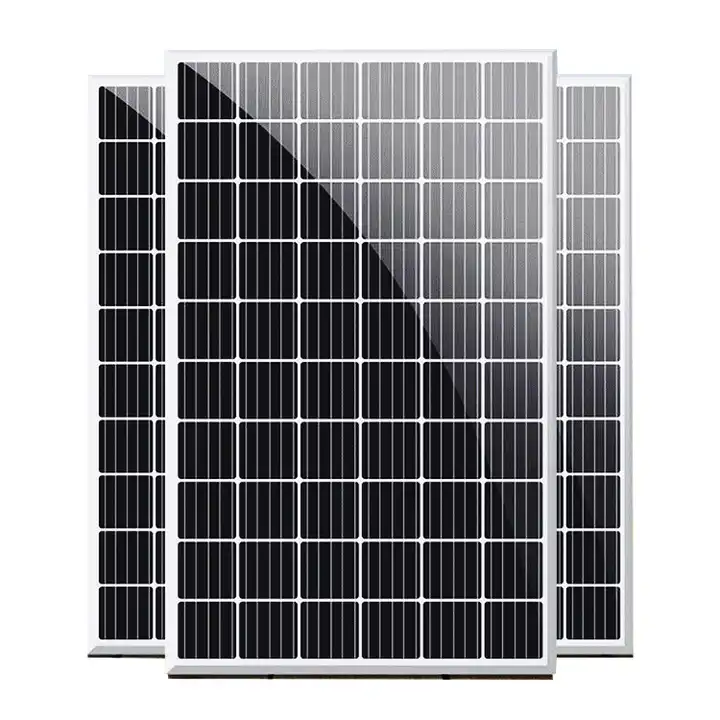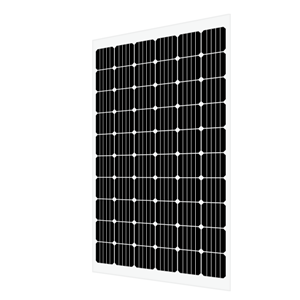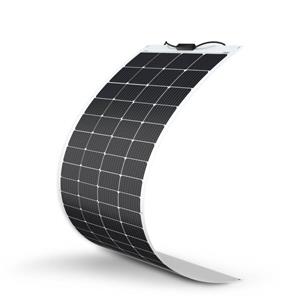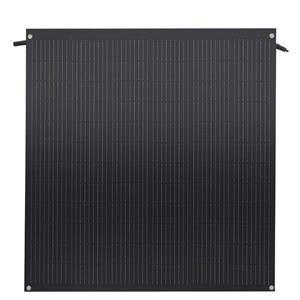The development trend of POE and its impact on the photovoltaic field.
POE has good elasticity, strength, aging resistance, weather resistance, and water-proof properties. Its traditional application areas are mainly in automotive parts. Photovoltaic-grade POE is mainly used for photovoltaic components, especially in the packaging of TOPCon, HJT, and perovskite.
In the future, as the market for N-type and bifacial / double glass PV modules expands, POE particle production technology gradually matures and production capacity is fully rolled out, it is expected that domestic photovoltaic-grade POE resin will be applied on a large scale in 2024, and the local supply rate of POE particles is expected to increase in 2030. to more than 60%.
The photovoltaic field is a new field of POE. With the iteration of photovoltaic product technology and the rapid development of the industry, the consumption of POE in this field is growing rapidly.
New photovoltaic installed capacity continues to grow at a rapid pace, and it is expected that the demand for packaging film will exceed 5 billion square meters in 2025. In 2023, China will lead the global photovoltaic installed capacity development, with new photovoltaic installed capacity reaching 216.9GW, accounting for 91.2% of the increase in Asia. At the same time, from a global perspective, new photovoltaic installed capacity will be 346GW in 2023, a year-on-year increase of 32.2%. Upgrading battery technology is the key to improving the conversion efficiency of photovoltaic modules. N-type batteries represented by TOPCon and HJT have higher conversion efficiency potential, lower light attenuation rate and temperature coefficient, and have become the mainstream development direction of next-generation battery technology. Among them, the TOPCon technology route has entered the stage of large-scale mass production. Since the front grid lines of TOPCon cells use silver aluminum paste, they are prone to aging and corrosion in high water vapor environments, resulting in reduced module efficiency.
Therefore, POE film with high water vapor barrier rate and obvious anti-PID performance is the first choice for N-type module packaging materials.
